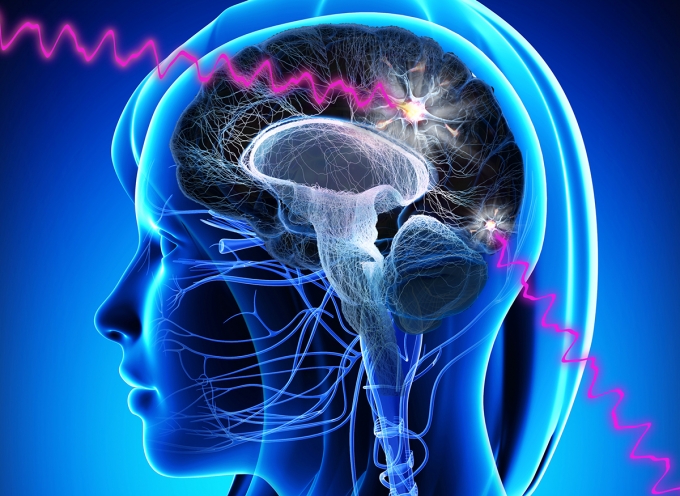Not long ago, a major challenge to understanding brain function was simply gathering and processing the necessary data. Advanced technology and big data have changed that.Today, says, B. N. Queenan, associate director of the UCSB Brain Initiative,“ The fundamental barrier is the ability to see the brain in action. As neuroscientists, we would love to record all the cells all the time, but that’s not possible with existing technologies, so we need to invent new ways of seeing what brains are up to.”
Now, a multidisciplinary team of researchers including UCSB professors John Bowers and Luke Theogarajan (Electrical and Computer Engineering) and Michael Goard (Molecular, Cellular, and Developmental Biology; Psychological and Brain Sciences) has been awarded $9 million from the National Science Foundation (NSF) to develop and share state-of-the-art optical brain-imaging techniques.
The group of neuroscientists, electrical engineers, molecular biologists, neurologists, bioengineers, and physicists was recognized for its collaborative NEMONIC (NExt generation MultiphOton NeuroImaging Consortium) project, which will push the boundaries of brain imaging by using light to measure brain activity.
The wavelengths of light that the human eye processes do not pass through brain tissue easily. Instead, they bounce off the surface of the brain, the skull, or the skin — which appear opaque — limiting our ability to see internal brain activity. But light with longer wavelengths, can pass through the surfaces unobstructed. NEMONIC employs combinations of longer-wavelength light to reach deeper into the brain and image the activity of cells that have been engineered to glow when stimulated.
The project is one 17 Next Generation Networks for Neuroscience (NeuroNex) awards supported this year within the federal government's BRAIN (Brain Research through Advancing Innovative Neurotechnologies) Initiative. With this award, UCSB becomes a designated NeuroNex Neurotechnology Hub, and a critical part of the national neuroengineering network.
Researchers in the three-part NEMONIC project will develop and share streamlined multiphoton imaging approaches to promote acquisition and exchange of data across the international neuroscience community.
"Current multiphoton microscopy systems are expensive and require significant expertise to build and use," Goard said. "We want to make the process easier, cheaper, and more robust.”
The NEMONIC team will capitalize on UCSB’s expertise in photonics and super-resolution techniques to push the boundaries of optical neuroimaging.

